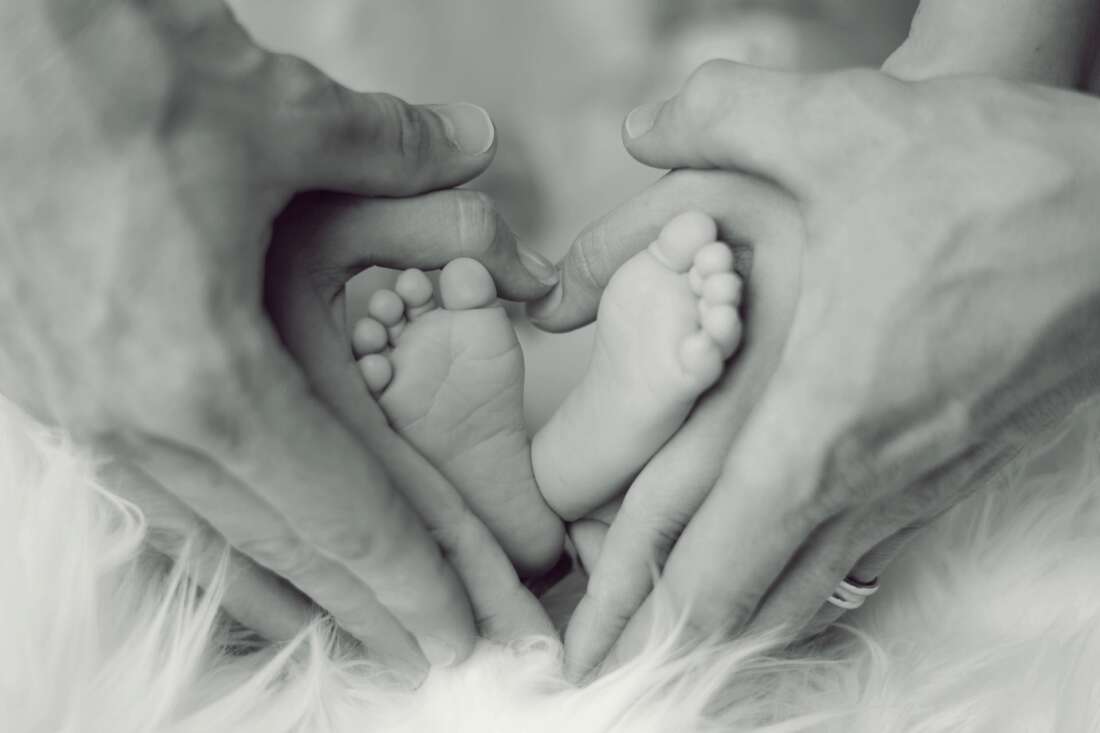
If you are considering expanding your family through adoption, there are a few things to consider. Do you have enough time and money that traditional adoption requires? Are you interested in adopting from another country, or would you like to adopt a child within the country?
These questions often torment prospective adoptive parents. However, they are not comprehensive. Finally, there is another adoption option often accidentally left out of consideration: embryo adoption; let’s discuss it in more detail.
Main aspects of the embryo adoption procedure
The embryo adoption process may vary depending on which agency the embryo donors and adoptive parents work with. In most cases, it includes the following steps:
- Embryo donation: Adopting an embryo begins when a couple decides to donate viable, healthy embryos to another couple or a woman trying to raise her family.
- Choosing an agency: adopting parents apply to work with an embryo adoption agency that best suits their needs.
- Homeschooling: as with any other adoption, adopting parents are required to complete homeschooling, which assesses the level of readiness of the family to raise the adopted child.
- Matching: when prospective parents are ready to begin the adoption process, they will be asked to provide data about themselves and the types of donor families they are interested in. Donors will provide personal details, including their medical history and the types of foster families they desire for their embryos.
- Legal contracts: Adoptive and donor parents will enter legal agreements to transfer the embryos’ custody. Donor parents will relinquish all rights to the embryos before embryo transfer, and adoptive parents will have complete control over the pregnancy.
After signing contracts, you can start medical procedures.
What to choose: embryo adoption vs. infant adoption
The main difference between adopting an embryo and an infant lies in the pregnancy experience. It’s essential to understand that parents who choose to adopt an embryo themselves carry and give birth to an adopted child. In contrast, traditional home adoption parents rely on the baby’s birth mother to carry and deliver the baby before she relinquishes her parental rights. Because the adoptive mother carries the child, adoptive parents often feel more control when adopting an embryo.
The cost of adopting an embryo is generally lower than traditional infant adoption. In the United States, on average, families owe between $25,000 and $35,000 to adopt an infant. When adopting an embryo, fees can range from $10,000 to $20,000. There are grants, scholarships, and fundraising opportunities for both adoption programs.

